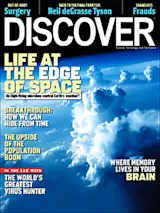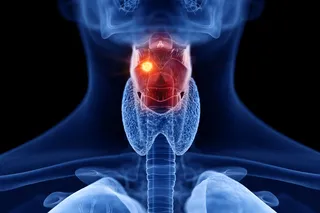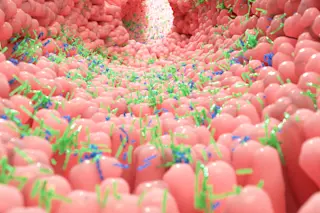I was in the middle of a normal clinic day, seeing candidates for surgery, when a nurse told me that one of them had arrived with a diagnostic video. When I had a free moment, I walked over to a computer and put the CD into the drive. As the program booted up, I noticed that the video was a cardiac MRI (magnetic resonance imaging) study. I clicked through the images, and what I saw was frightening. A large mass was growing in the patient’s heart, in the back wall of the left atrial chamber, perhaps the worst possible place to have a problem like this. The right atrium and both ventricles are somewhat accessible to the surgeon’s knife. But the left atrium at the back of the heart next to the spine is a difficult, if not impossible, area to reach.
As I watched the video, more details emerged. ...















